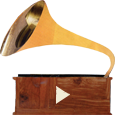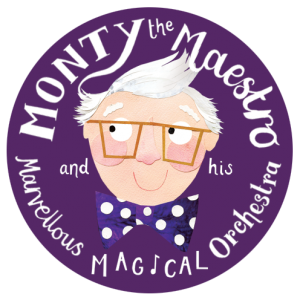All about Monty
Monty the Maestro and his Marvellous Magical Orchestra was established by composer, children’s author and music and literacy specialist, Gabrielle Amelia Reeves (née Ridgeon) in 2013.
Our musical storybook series and workshops will engage your child with music in a fun and multi-sensory way. Reading the colourful picture books teaches children what the musical instruments look like. The individual stories give children an understanding of how the instruments work and our audiobooks demonstrate what they sound like individually and all together.
Children will be entertained by the humorous plots, amused by the narrator’s character voices and captivated by the stunning illustrations and musical soundtrack. Altogether, a truly multi-sensory experience. This enchanting series is the ideal tool to expose children to the variety of wonderful instruments on offer and is an engaging way to help them decide which instrument to play.
Making Music with Monty workshops run throughout the year, teaching children all the skills they need before they start to learn a musical instrument. The magical stories instantly captivate children so they enjoy learning music from the very beginning. Children are encouraged to experiment, and explore their imaginations to the fullest. Once the children reach the end of their Monty workshops, they will be fully prepared and eager to start learning to play.
Behind the Scenes
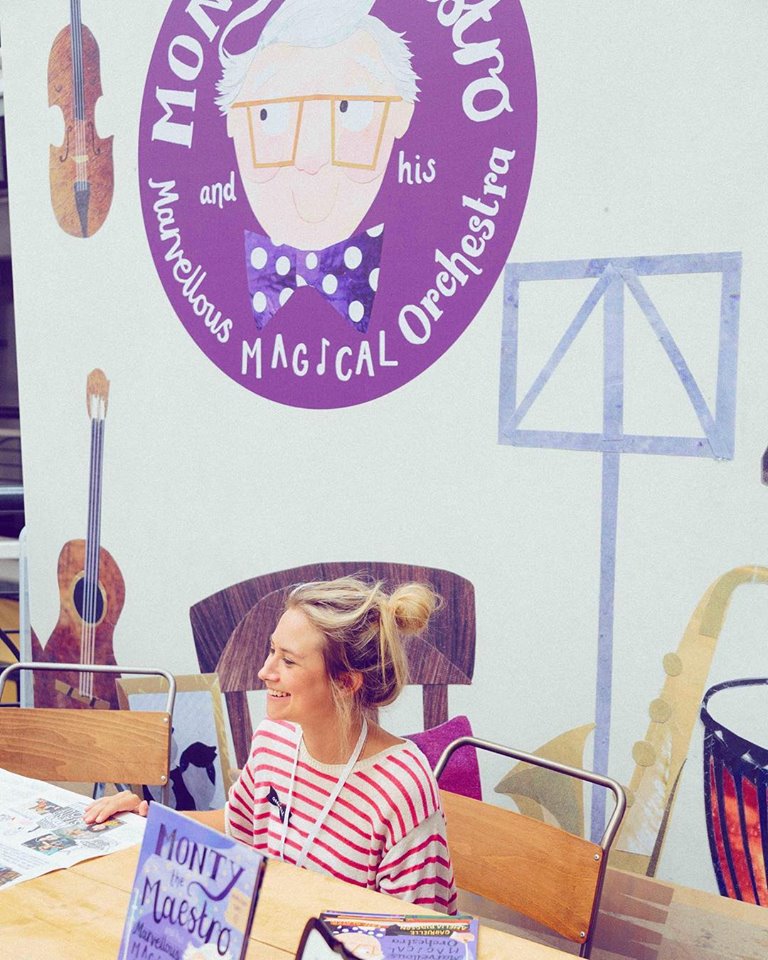
Gabrielle Amelia Reeves
Gabrielle Amelia Reeves (née Ridgeon) is the creator and author of the Monty the Maestro and his Marvellous Magical Orchestra series. A composer, author and creative arts specialist, Gabrielle is passionate about engaging young children with the creative arts through storytelling.
Gabrielle’s own introduction to music was aged 5, learning the piano. A huge advocate of how storytelling should be at the forefront of a child’s first creative arts experience, Gabrielle runs Making Music with Monty classes for children aged 9 months to 7 years. Gabrielle’s classes are regarded by parents and teachers, and she now trains Early Years staff in nurseries and schools and leads parent workshops. Gabrielle’s educational experience also includes working with schools, international summer schools, outreach projects and specialist academies.
Creatively, Gabrielle is a composer, orchestrator, pianist and musical director. She studied at the Royal College of Music for her MA in Composition. Her creative portfolio includes concert hall works, scores for animations, audiobooks, award-winning documentaries, and films. Gabrielle has worked as an orchestrator and copyist for a number of critically acclaimed composers and musical directors, collaborating on feature-length films, award-winning musicals and the Queen’s Jubilee Concert. Gabrielle has arranged works for numerous orchestral musicians, professional ensembles and music teachers.
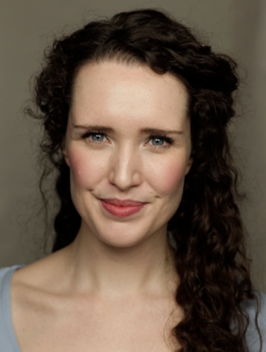
Charlotte Gallagher
Charlotte Gallagher is delighted to be a part of Monty the Maestro and his Magical Marvellous Orchestra. She is currently working with poet Kimberly Campanello on The Con|Eva Project, a work commemorating The Easter Rising (London Irish Centre). Theatre includes: The Judas Kiss (West End); Medea (Riverside Studios); The Tragedie of Cleopatra (UCL). Film and TV includes: Captain Webb (Marathon Films); Love Me Till Monday (Hardy Pictures); Jesus Decoded (National Geographic).
Charlotte’s solo show, Carlotta De Galleon – A Fool For Love, about love and romance novels was part of the 2015 Camden Fringe Festival.
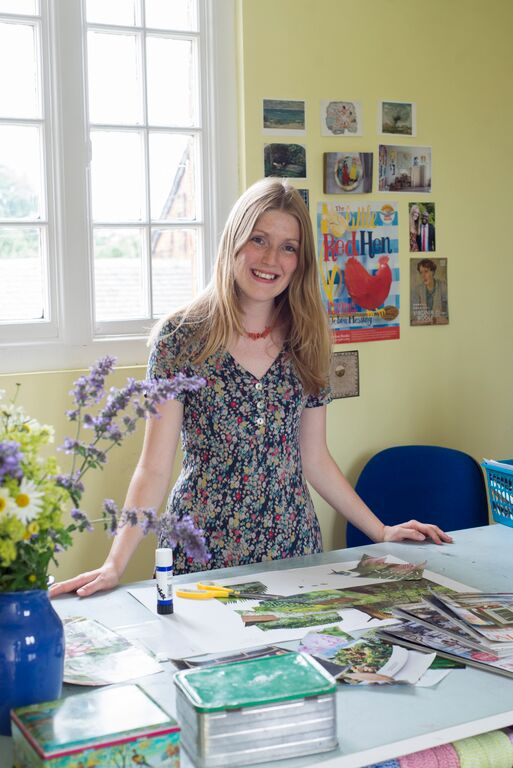
Kate Slater
Kate Slater is a freelance illustrator, author and designer-maker. She works in collage, sometimes using this to create suspended, relief illustrations. These 3-dimensional collages often look a bit like tiny, chaotic paper theatre sets which Kate photographs to produce the final image.
While Kate mostly illustrates children’s books and magazines she has also produced work for all sorts of clients, including advertising and editorial, and has a growing business creating her own range of stationery, wrapping paper and homeware.
Making Music with Monty
Monty at Foyles
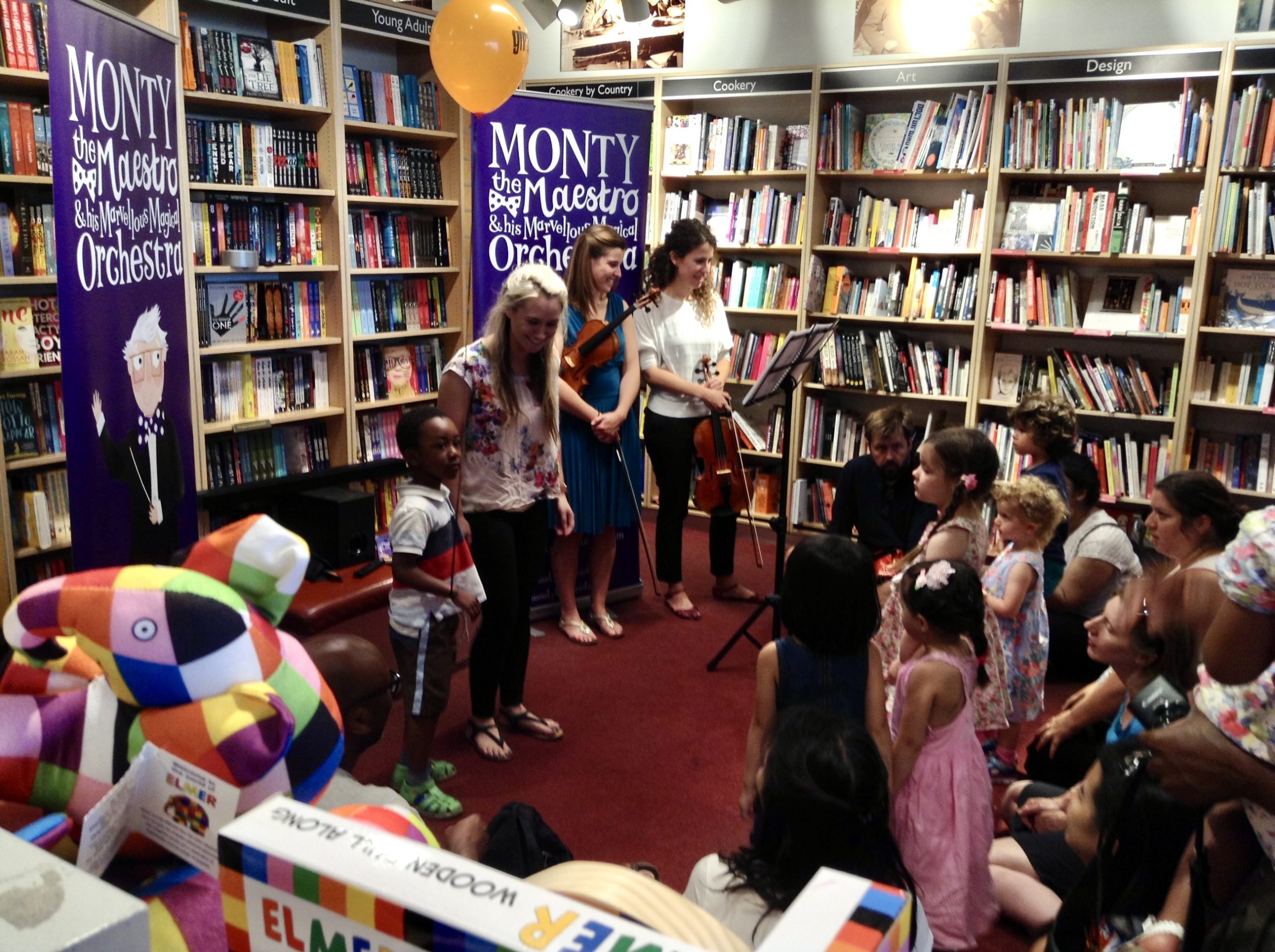
What’s unique about Making Music with Monty?
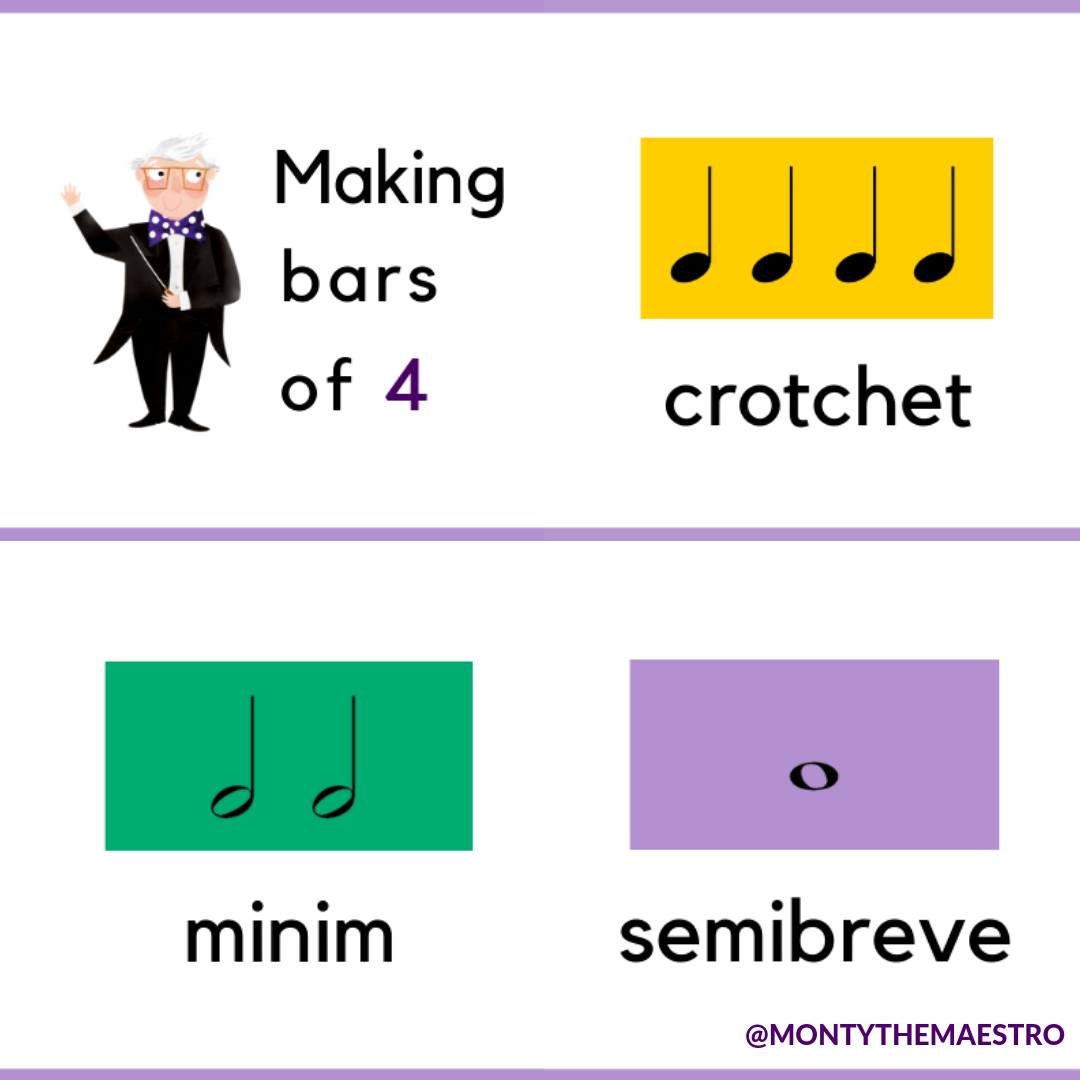
To meet the demand from young maestros and their families, we have opened up another workshop this term. Making Music with Monty is now running two evenings each week, and we’ve had a very productive start to our second term already.
Every week, each class is broken down into four parts: listening, analysis, performance (vocally, clapping and instrumentally), as well as creating original music. While we build on these skills each week, we simultaneously develop their musical knowledge and understanding of rhythm and pitch.
Classes draw from Kodaly and Dalcroze to create a playful and experimental approach to learning. This means that musical fundamentals such as the theory of music are introduced to the children subtly (usually through gameplay). By week three, children as young as four are singing and clapping rhythms with confidence and exploring their sol-fa and time signatures with ease. And what’s more – it doesn’t feel like a lesson because the children are having so much fun. Want to know more?
Email us for more information or for tips and tricks on how to entice your little ones into music!
Blog
Our blog has been designed especially for parents and teachers. It’s a place you can visit for information about the content covered throughout the Monty series, and to answers any questions you may have surrounding your children and their musical education.
In our blog updates we will cover a range of topics, but if you have any burning questions or would like us to cover something specific then please email and we’ll do our best to include it in our posts.
Two string instruments; each with their own story to tell!
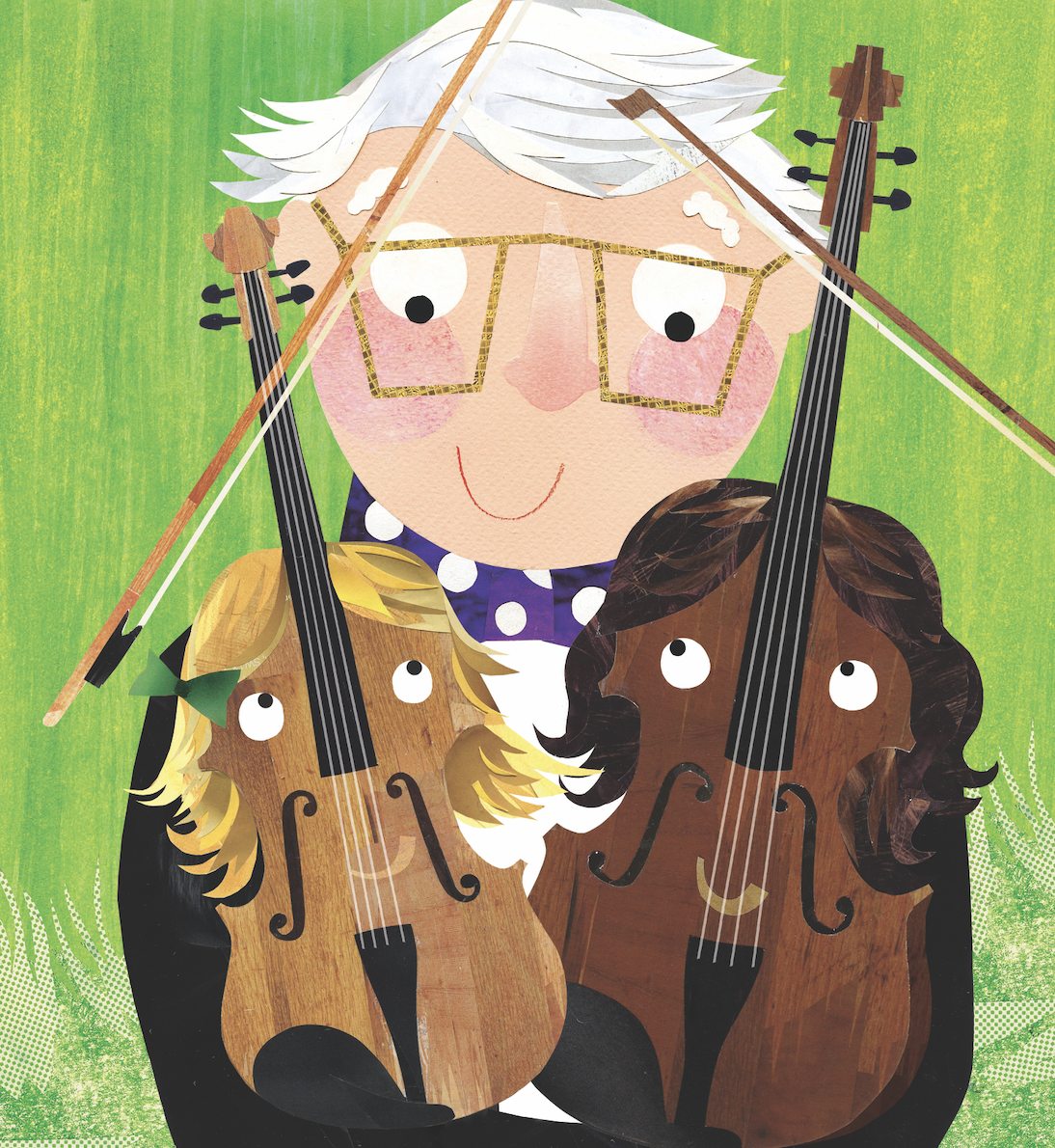
I wish I’d kept count of the number of times a pupil looked at me perplexed, when I ask them whether they were aware the violin and viola are two entirely different musical instruments.
I’ve often found myself bigging up the violin’s larger string sibling, and secretly enjoy every second of it because there is plenty to shout about! So why is it that most young children (aged 4-7) can speak so confidently about the violin, yet know absolutely nothing about the viola?
Children are encouraged to learn the violin over the viola. This is mainly due to it being the smallest of the string instruments, making it the most popular choice for beginners. Its prominent position within the orchestra also means that children spot it quickly and take a shining to it.
But because the viola is so similar physically to the violin, children often mistake it for a large violin rather than an entirely different musical instrument, mistakenly thinking the cello is next in line in the string family.
This isn’t being helped by schools, where some music services only offer children music tuition on the cello as an alternative to the violin. So even for those who may be interested in the viola, it’s not an option for them to learn it in school anyway. It is worth mentioning that this is happening with the woodwind family too (flute and clarinet being positioned over the oboe and bassoon) however this makes a little more sense, as the oboe and bassoon are notably more expensive instruments to purchase or hire.
In our music workshops this year we’ve played a wide variety of musical games to help develop the children’s’ listening and aural skills. Within the first term, the youngest of our children (age 4) can confidently listen to pieces of music where the violin, viola, cello and double bass perform together and distinguish which instrument is which, from listening to their sound alone. They love describing what each instrument sounds like and defining how they differ from one another.
Half of the room will adore the sound of the violin and its virtuosic melodies, while the other half of the room get just as excited by the deeper resonant tone of the viola. Just like the musical instruments, every child is different and when asked, they know exactly what they like!
Given the choice in school, half of those children would likely choose to learn the viola over the violin (or switch when they’re bigger) but with no significant introduction, they remain none the wiser and deprived of the opportunity. Seeing as each of the musical instruments has its own unique story to tell, surely it’s about time young children get the exposure to all of them?
How can I help to encourage my child’s interest in music?
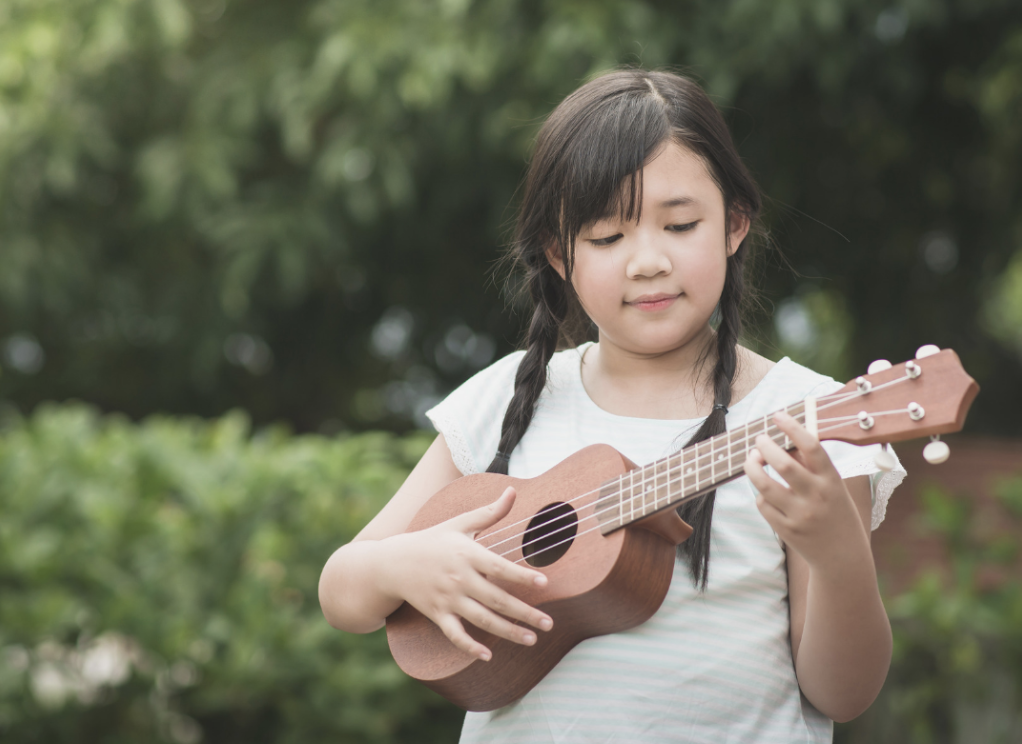
The early years
Baby music classes are a fantastic way for parents to introduce their children to music. If you can find a good class near you, it’s a fun way to introduce singing and movement to your baby, as well as being a great opportunity for you to meet other parents.
Classes like these do pull on the purse strings though, so if you’re unable to justify the expense or can’t commit to classes on a long-term basis, attending just a half term of classes will be enough to watch a professional at work and perfect for you to learn the basics of what you could be doing yourself at home. Many first time parents doubt whether they’re doing the right things, so by going to a few classes, you will quickly build your confidence.
Sing, sing, sing
Singing is something that everybody can do with their children at home and even if you think you’re a terrible singer, you should never be embarrassed to give it a go. Your child will respond to your voice because they recognise it, regardless of how good or bad you sound! When they’re little you could start by singing traditional nursery rhymes (with your own made up words if you can’t remember them) and then as they get older you can start singing along to your favourite band, solo artists or their favourite film soundtracks. All are great ways to engage your child with music. Many recordings created especially for children will include fun effects and recognisable sounds, which they will quickly engage with.
If you’re singing and your child looks like they want to join in, encourage them to sing along with you. Encourage your child to copy lines of your chosen song back to you in parrot fashion (call and response) or alternatively, you could encourage them to sing along with you at the same time, in unison. Most children will pick up the melody of a song, first of all, so encourage your child to ‘la’ the song with you, until they’re at the stage where they can grasp the lyrics too. If a song doesn’t already have any actions, then a further way to engage your child with the song would be to create your own movements.
Listening to music
Playing music for your child to listen to is an invaluable way of encouraging their musical interest. There is a vast selection of music out there to listen to and the greater variety of music they are exposed to, the quicker they will find music they really love and identify with.
Playing music can be introduced to children from birth. In the early years, playing soothing music can relax your child or help them get to sleep. Although this technique works for many parents, be warned! Some children can be stimulated by all types of music, so you may find that silence is best for your little one at bedtime.
Music is an expressive art form and benefits the social development of children. As they get older, children will start to identify different feelings and emotions when they listen to music.
Once they develop an understanding of what they are hearing, you can make listening to music into a game. You can do this by asking your child questions about what they hear or you can encourage them to make up actions when they identify specific sounds.
Get moving!
When children are babies their instinctive reaction is to respond to music physically. Many will start by moving their arms and legs! As children grow up, they will respond by dancing. A great way to develop their musical interest is to actively encourage your child to dance when they hear the music. That way, your child will automatically associate music with an enjoyable activity and feel comfortable to express themselves and what they are hearing. Associating movement with music early on helps them understand the physical aspects involved if they decide to play a musical instrument later on.
It is common for a child’s physical inhibitions to increase as they advance developmentally (and become more aware of their aptitude), so it useful to get them used to express themselves physically before they start to become too self-conscious. That way it is already ingrained as part of who they are and has become second nature.
Let them be inspired
Whether or not your child appears to enjoy music, giving them a taster will definitely kick start their excitement for it. One of the best ways to do this is to go to a live performance. For a child, seeing the spectacle of watching a symphony orchestra, choir, rock band, or going to watch a musical, can have an enormous impact on them and give them a flavour of what being involved with music could be like.
Your child will also see the effect a group of people playing together has on an audience. I can still remember the first live performance I went to as a child and it’s one I’ll never forget. I will be quick to add that it’s important to choose your live performance carefully… I was taken to see an opera at four years old and although I loved every second, it was also utterly terrifying! Concerts can be pretty pricey, especially if you have to factor in the cost of travel as well, however free or subsidised events are often held for families throughout the year and they sometimes include outreach projects or specialist children’s workshops too.
One of the best aspects of music is that it is sociable! Children will often be misled seeing their peers performing solo at school. So it’s important to let them know that playing a musical instrument or singing brings opportunity to play in a band, an orchestra or sing in a choir or a theatre production. It’s no different to being part of a football team and they will love the social side of life that music can bring!









